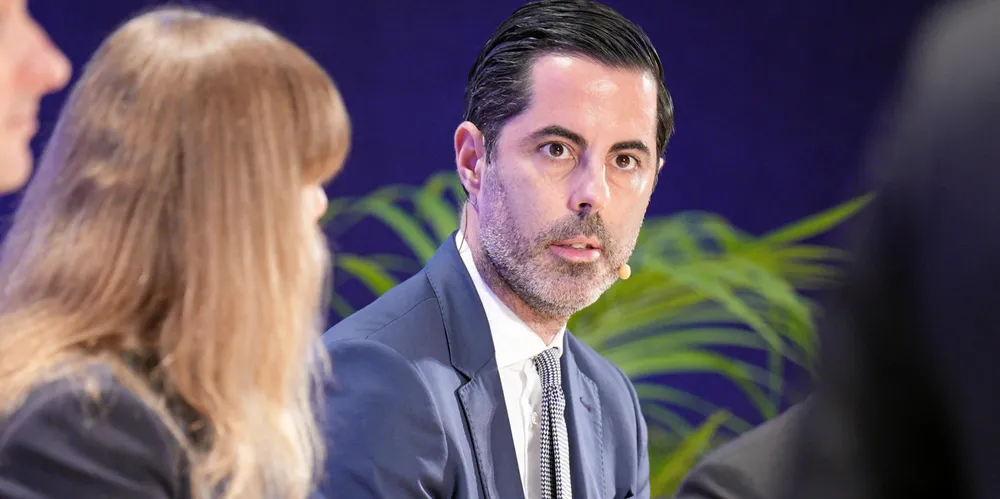Will Portugal's new government back offshore wind plan or trigger new 'stop-start' cycle?
Energy official says there is 'growing convergence' around two-stop model for offshore tender

Portugal can hope to end the “stop-start” effect that has impacted its offshore wind tender plans following the announcement that the leader of a center-right coalition has been invited to form a government, an audience at the WindEurope event heard today.
President Marcelo Rebelo de Sousa invited Luis Montenegro, president of Portugal’s Social Democratic Party (PSD), to form a government on Wednesday evening, almost two weeks after the Democratic Alliance coalition, which he leads, secured 80 seats in a 230-seat parliament.
The calling of snap elections in December contributed to a slowing in preparations for a first Portuguese offshore round which — because of the sharp slope into deeper waters off the country's coast — is geared toward floating wind projects.
“We can hope for an end to the stop-go effect now, and we can look forward to having a new minster of environment and a new energy secretary, which is very important. Then it will be up to the new government to decide how it wants to proceed with the offshore round,” said Jeronimo Meira da Cunha, general director of the energy and geology department (DGEG), a technical wing of Portugal’s environment ministry.
“Until then, there is a lot of work to do. We are still defining which model will apply, and looking at what is needed in terms of infrastructure and environmental regulation,” he added.
Even before snap elections were called in Portugal, potential participants in the proposed offshore wind tender were calling for more clarity on the regulatory framework to be adopted.
The DGEG attempted to keep the process during the election campaigns and held a meeting in January to brief scores of interested developers on two possible auction regimes and intended pre-qualification criteria.
'Growing convergence'
Around 300 feedback questions were raised by the 50 or so interested parties that took part in the January meeting, and this was followed by a questionnaire on the preferred auction regime and pre-qualification criteria.
Interested developers had to submit their responses to the DGEG by 1 March.
Speaking with Recharge from the sidelines of WindEurope, Cunha described a “growing convergence” around a two-stop model that starts with a seabed auction and moves to a second process probably covering remuneration contracts and grid connections about one year later.
“We hope to have another discussion in the next month, to decide the model,” Cunha said, adding that the original objective of launching the round would only be attainable if the new government gets behind it quickly.
Hung assembly
Energy was not a prominent issue in an election campaign dominated by themes such as housing prices and immigration.
Portugal’s centre-right PSD have traditionally been less interested in prioritising renewable energy policies than socialist led administrations, Cunha admitted.
One aspect of the offshore tender framework that could be submitted to review is the arrangements for funding and remuneration.
The new government led by Montenegro will have to function without an outright majority. The Socialist Party took 78 seats in the elections and the right-wing anti-establishment Chega grouping surged to 50 seats.
Montenegro has ruled out striking a coalition deal with the Socialist Party or with Chega, leading some analysts to wonder how long it might take before new elections occur.
2GW deployment target
Portugal’s EU-mandated national climate and energy plan (PNEC) set a target of 2GW of offshore wind power capacity in operation by 2030.
Offshore areas were demarcated off Viana do Castelo, Leixoes and Figueira da Foz, under a plan to tender 3.5GW of capacity in 2024, rising to 10GW by 2030. Investments were targeted in the range of €30-€40bn ($32.8-$43.8bn).
(Copyright)